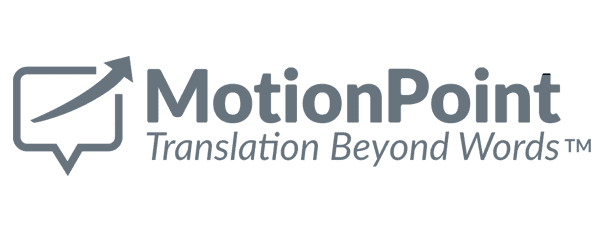




Interacting with customers in their preferred channels, in their native language, is no longer a nice to have but a must, as customers’ expectations have shifted in recent years. According to a survey to improve multilingual customer experience (CX), 68% of consumers prefer to communicate with brands in their native language.
Now more than ever, customers want to interact with brands across multiple channels in their preferred languages. Several translation technologies exist to tackle the complexity of translating websites, mobile apps, and marketing automation software. A robust translation API is recommended for marketers with software engineering support to send content to a translation service provider programmatically to get their marketing content translated.
A Translation API is typically a RESTful API that automates the translation workflow process of tech stacks, such as websites, customer portals, mobile applications (apps), and marketing automation software. It provides the means for a software engineer to program requests from within a native platform to submit content to a translation service provider as well as receive it back programmatically.
Once configured, the translation API allows text to be translated from one language to another, in any multichannel publishing platform, by the API translation service provider.
Language translation APIs are useful when a marketing team wants to solidify their multichannel messages into an omnichannel experience for brand consistency. API translation aims to provide a personalized experience in the customer’s preferred language across all channels and touchpoints.
As businesses start to offer different languages on their multilingual websites, marketing teams often find that improving the experience across multichannel, such as email, social media, mobile, display ads, and videos, can only enhance CX and increase loyalty to the brand.
When dealing with a RESTful API for translation, there are some things to consider. For the most part, using a translation API to connect to your multichannel offering is the correct route to go if a translation integration option, such as a CMS connector or plugin, is not available. Regardless of which technology you choose, a sound decision can’t be made without genuinely understanding the pros and cons of using API translation.
The Pros of Language Translation APIs
The Cons of Language Translation APIs
Choosing the right API translation service provider can significantly improve the customer experience across multichannel, in all languages. When looking for a translation service provider, pay attention to the company’s history of providing reliable and quality translations in their localization platform for well-established brands.
Finally, an API translation service provider must be able to connect its language translation API to a Translation Memory, a database containing previously translated content, for extra cost-savings. MotionPoint has over 20 years of experience launching multilingual websites and other complex tech stacks, customer portals, and mobile apps.
Contact us today and have a professional expert guide you into choosing the correct translation integration for your business.